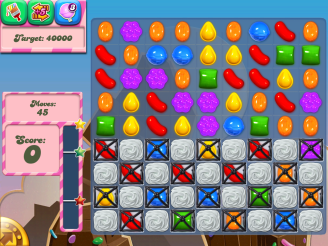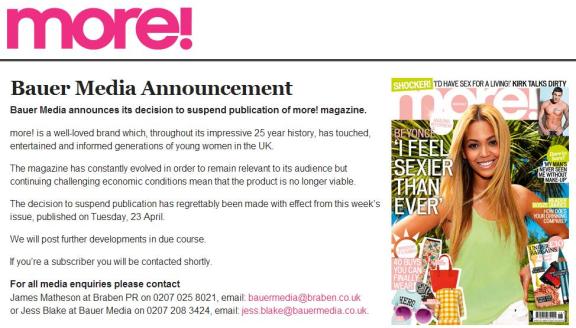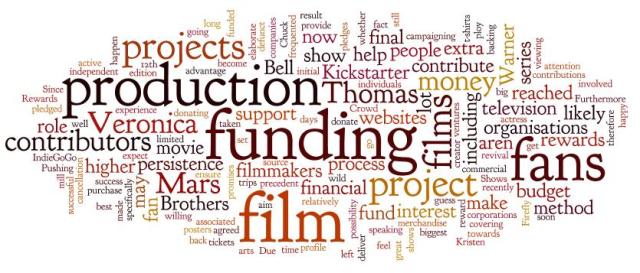
Candy Crush Saga features creative levels and challenges building on the traditional match-three formula
There has been an invasion of games on Facebook in recent years. From Farmville to Bejeweled, the inclusion of game apps on the social networking site has had a Marmite effect – you love them or hate them.
The game of the moment is undoubtedly Candy Crush Saga. Following months of resisting signing up, I am now hooked.
Candy Crush Saga is just like Bejeweled before it but with added twists. To advance each level, the player is tasked with different challenges. Not only do you have to get high scores, but you need to unblock certain squares or drop certain tokens to the bottom of the grid.
Interaction is important in Candy Crush Saga – you need to engage with your Facebook friends in order to advance or pay a small fee to unlock more levels. Whilst there was once a sense of “oh god another game request” when you logged into Facebook, now people are writing statuses asking for help and it’s incredible to see the amount of people playing via the on-screen map.
There are a number of reasons why Candy Crush Saga has remained one of the top played games virally over the last few months:
It’s Goal Orientated
Candy Crush Saga has its own narrative and doesn’t follow the same formula with every level. Whilst you might be against the clock on one level, the next will challenge you to break chained blocks of ice to free candy pieces. These differences stop the game from becoming monotonous and intrigues the player to wonder what challenges will appear next.
It Allows Synced Platforms
The game doesn’t standalone on Facebook as it is also a downloadable app. One of the biggest problems with gaming apps on Facebook is that they don’t captivate users to a full extent – not everyone logs into Facebook everyday and if they do, they might not have time to play a game. By creating the app to connect with smartphones, users are able to sync their accounts so that they can engage with their Facebook friends without ever having to log into a computer. If they have a spare five minutes, they’re far more likely to play on their mobile.
The Game Map
Competitiveness is a natural aspect of life, so Candy Crush very cleverly includes a game map. Players will want to get further than their friends and will want to beat the high scores displayed, what better way to motivate them than including their friends profile picture over the level they’re on?
It’s Not Endless Gameplay
Most would see this as a fault, but I think it encourages a return to play. Each player only has five lives at a time. If they run out, they can pay for more or ask their Facebook friends to send some but if they want to wait an hour or so, the lives will return. This not only encourages competitiveness to advance but motivates yourself to progress in the next five lives.
What are your thoughts on Candy Crush Saga? Do you love the app or do you hate the influx of requests?


![Due to the Kickstarter funding campaign, a Veronica Mars film is going into production this summer [Image: Kickstarter]](https://rachelmacgregor.files.wordpress.com/2013/03/veronica-mars.jpg?w=307&h=230)
![[Image: Zoomzum]](https://rachelmacgregor.files.wordpress.com/2013/03/web-tools.jpg?w=270&h=222)
![[Source: three.co.uk]](https://rachelmacgregor.files.wordpress.com/2013/03/three-sharing.png?w=640)
![Socks the moonwalking Shetland. [Source: Creative Review]](https://rachelmacgregor.files.wordpress.com/2013/03/danceponydance.png?w=300&h=204)
